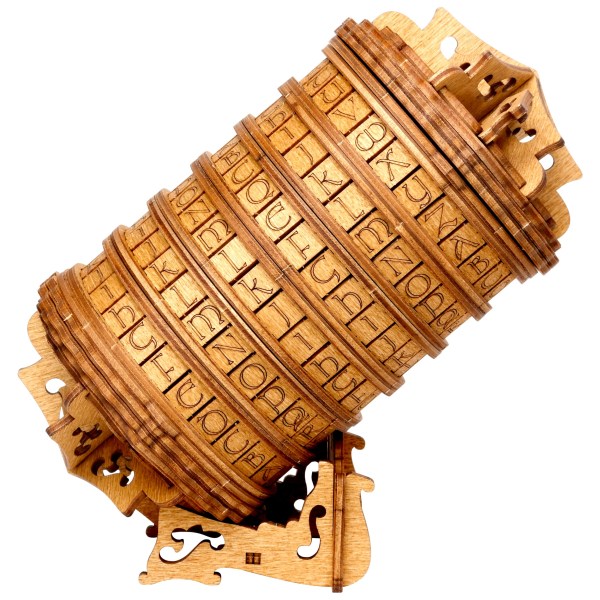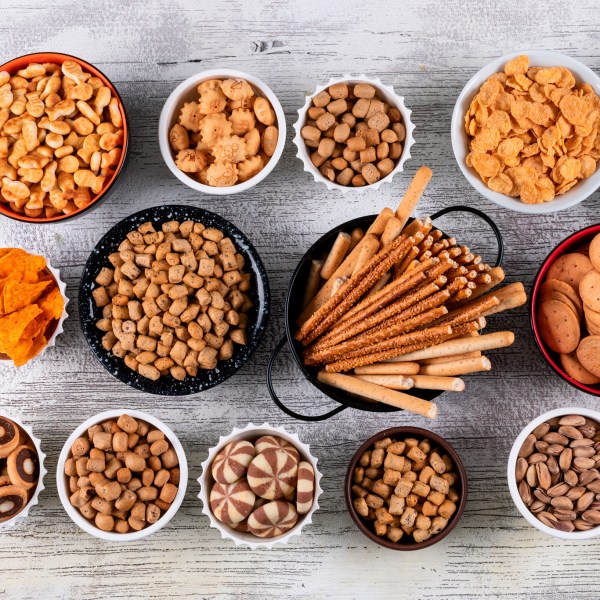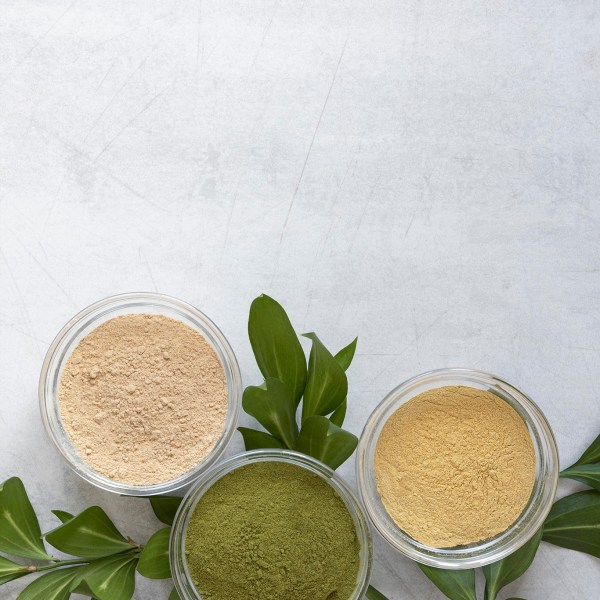Side Dishes
Side Dishes
Side dishes play a crucial role in complementing, enriching, and diversifying meals. Whether it's a family lunch, a festive dinner, or a casual meal, choosing the right side dish helps highlight the main flavors of the dish.
Why Are Side Dishes Important?
A side dish is more than just a simple addition to the main course; it enriches the meal with flavor, texture, and nutrients. The ideal side dish harmonizes with the main flavors of the dish while meeting various dietary needs, whether vegetarian, gluten-free, or low-carb.
Side Dishes Available in Our Online Store
Rice
Rice is one of the world's most popular side dishes and a staple food in many cultures. It comes in various types and preparation methods.
- White Rice: White rice is a refined type of rice with the bran and germ removed, resulting in a smooth, slightly sweet flavor and soft texture. It cooks quickly and easily, making it a popular side dish worldwide. It pairs well with almost any dish, especially those with sauces, as it absorbs flavors well. Although it contains less fiber and nutrients than brown rice, many people appreciate its mild and neutral flavor.
- Brown Rice: Brown rice is a whole-grain rice with the outer bran layer retained, offering more fiber, vitamins, and minerals than white rice. It has a slightly nutty flavor and chewier texture, making it more filling. It is a healthier alternative to refined rice and pairs excellently with salads, steamed vegetables, or meat dishes.
- Jasmine Rice: Jasmine rice is a fragrant, long-grain rice primarily from Thailand. It releases a pleasant, floral aroma during cooking, which is how it got its name. It has a soft and slightly sticky texture, making it perfect for Asian dishes, especially curries and fried rice. Its fine texture and distinctive flavor make it a favorite for everyday meals.
- Basmati Rice: Basmati rice is a long-grain rice variety grown mainly in India and Pakistan. It is known for its unique, slightly nutty flavor and aromatic scent. The grains remain long and light during cooking and do not stick together. Basmati rice pairs well with Indian dishes like curry and biryani, and is also a great choice as a side dish for meats and vegetables.
- Red Rice: Red rice is a special, nutrient-rich rice variety known for its reddish-brown color. This color is due to the high antioxidant content of anthocyanins. Red rice has a slightly nutty flavor, chewier texture, and contains more fiber and minerals than white rice. It is a healthy and tasty side dish that pairs well with meats, vegetables, and salads.
- Wild Rice: Wild rice is not true rice but the seed of an aquatic plant native to North America. It has long, dark brown or black grains with a distinct nutty, smoky flavor and chewy texture. With high protein and fiber content, it is a nutritious choice and rich in vitamins and minerals. It works well as a side dish, in salads, or soups, adding a unique flavor and texture to dishes.
Grain Side Dishes
Various grains provide hearty and flavorful side dishes that pair well with different sauces and seasonings.
- Bulgur: Bulgur is cracked, pre-cooked wheat that is quick to prepare and nutrient-rich. It has a slightly nutty flavor and a flexible texture, making it ideal for side dishes, salads like tabbouleh, or as a filling. Its high fiber content and low glycemic index make it a healthy alternative to rice or pasta. Bulgur is a balanced and versatile addition to your diet.
- Couscous: Couscous is a fine-grained, quick-cooking grain from North Africa made from durum wheat. It has a soft, light texture and a slightly nutty flavor, absorbing the aromas of added spices and sauces well. Couscous is often used as a side dish with meats, vegetables, or as a base for salads. Its versatility and ease of preparation make it a popular choice in both traditional and modern kitchens.
- Quinoa: Quinoa is a nutrient-dense grain native to South America, gluten-free, and high in protein. It has a slightly nutty flavor and a soft, slightly crunchy texture. Quinoa is rich in fiber, vitamins, and minerals, making it an excellent choice as a side dish, in salads, or even as a main dish. Its versatility and nutritional benefits make it popular in health-conscious diets.
- Millet: Millet is an ancient, gluten-free grain with small, yellow seeds. It has a slightly sweet, nutty flavor and a soft, crumbly texture. Rich in fiber, vitamins, and minerals, especially magnesium and iron, millet is versatile and works well as a side dish, in porridges, or as a base for baked goods. Its nutritious and easily digestible nature makes it a popular choice in health-conscious diets.
- Buckwheat: Buckwheat is a gluten-free, nutritious grain with small, triangular seeds. It has a distinctive nutty flavor and slightly crunchy texture, rich in protein, fiber, and minerals like magnesium and iron. Buckwheat is versatile and can be used as a side dish, in salads, porridges, or as a base for pancakes. It is a healthy alternative to traditional grains and ideal for gluten-free diets.
Healthy Side Dish Tips
Choosing healthy side dishes can contribute to a balanced diet. Here are some tips to ensure your sides are not only delicious but also nutritious:
Choose Whole Grain Options!
Instead of white rice, try brown rice or quinoa.
Reduce Fat Content!
Instead of using oil or butter for cooking, use less fat or opt for olive oil, which is a healthier alternative.
Increase Vegetable Content!
Enhance your side dishes with extra vegetables to consume more vitamins and fiber.
Side dishes are diverse and offer a variety of flavors that perfectly complement main courses. Choosing the right side dish not only enhances the taste experience but also contributes to a healthier diet.






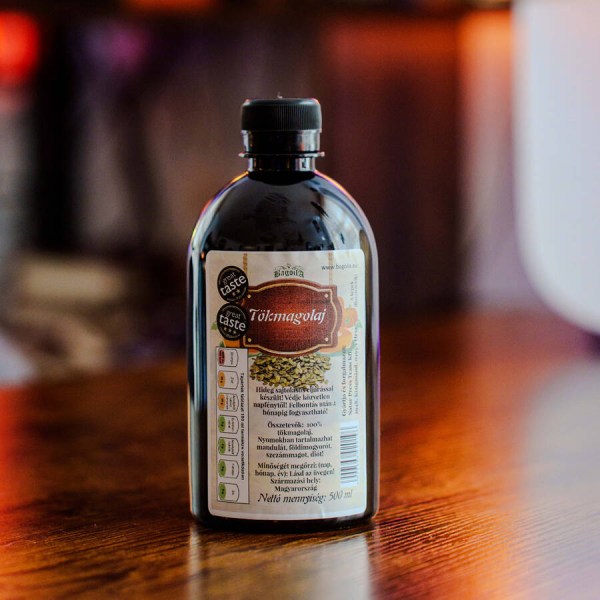
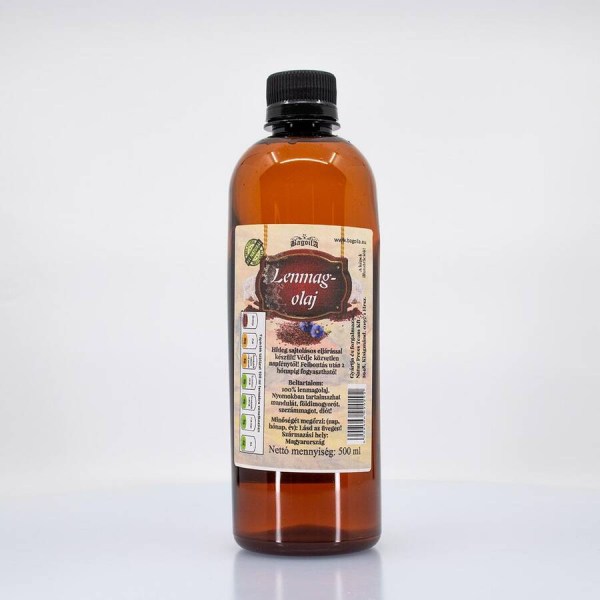
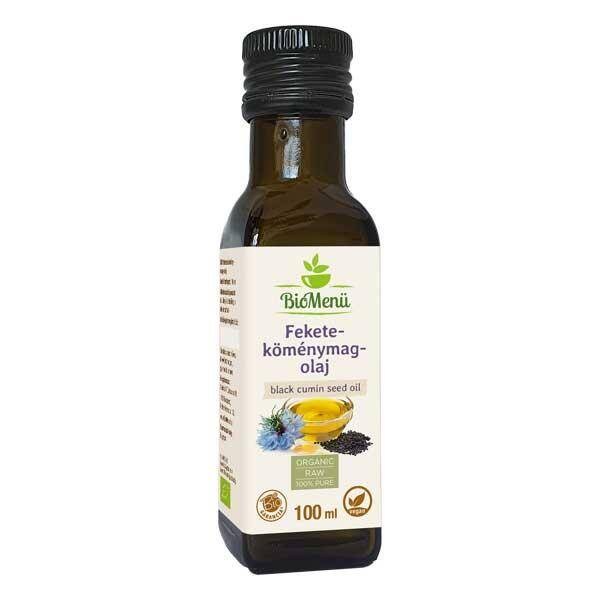








_600x600.jpg)



